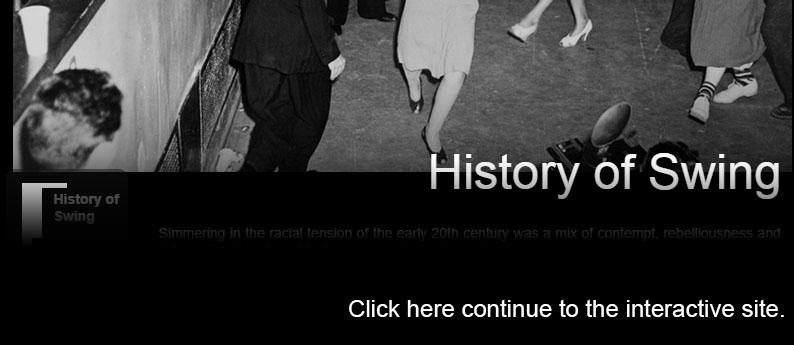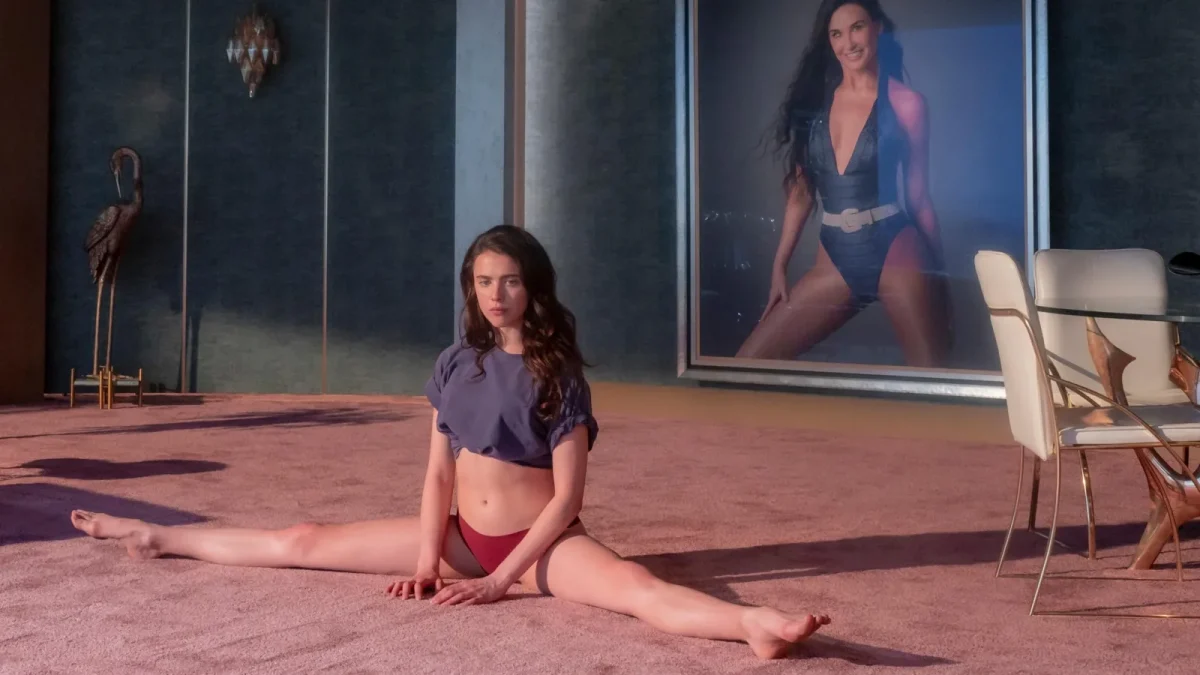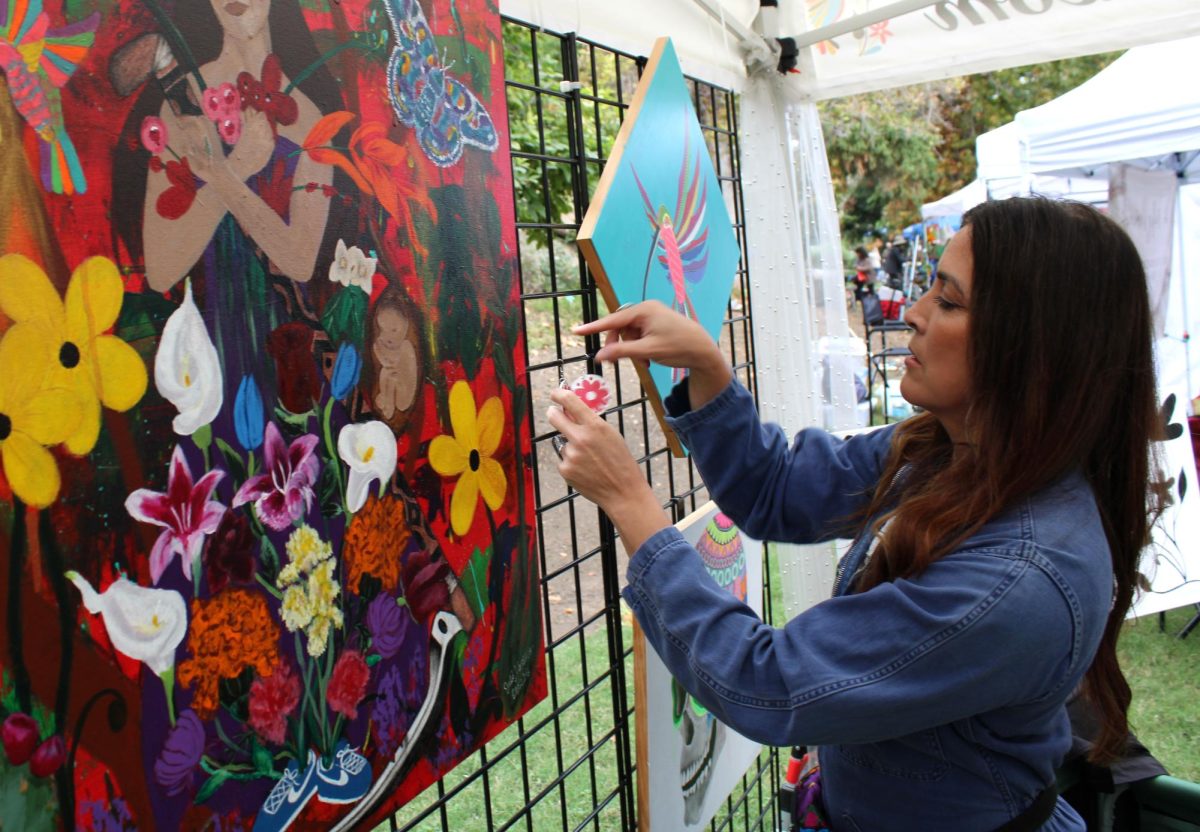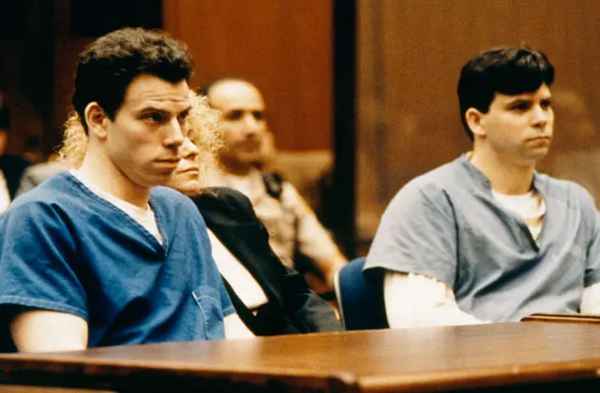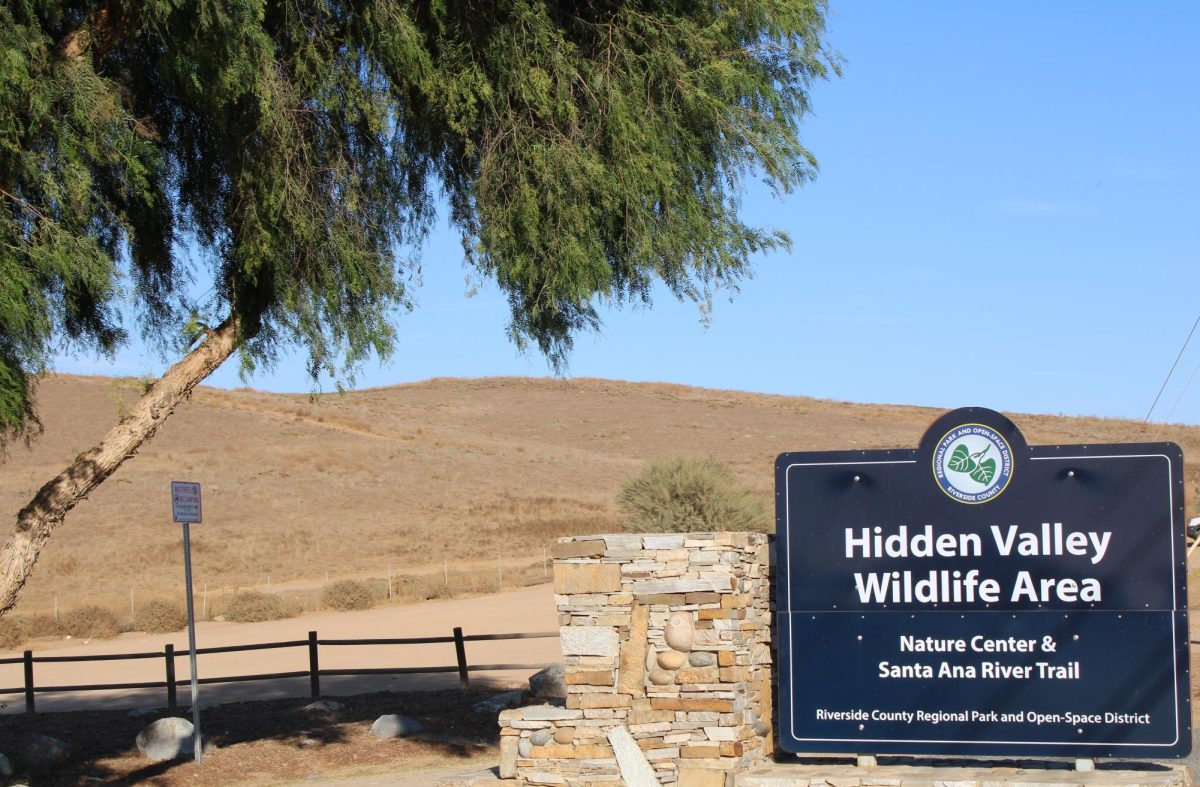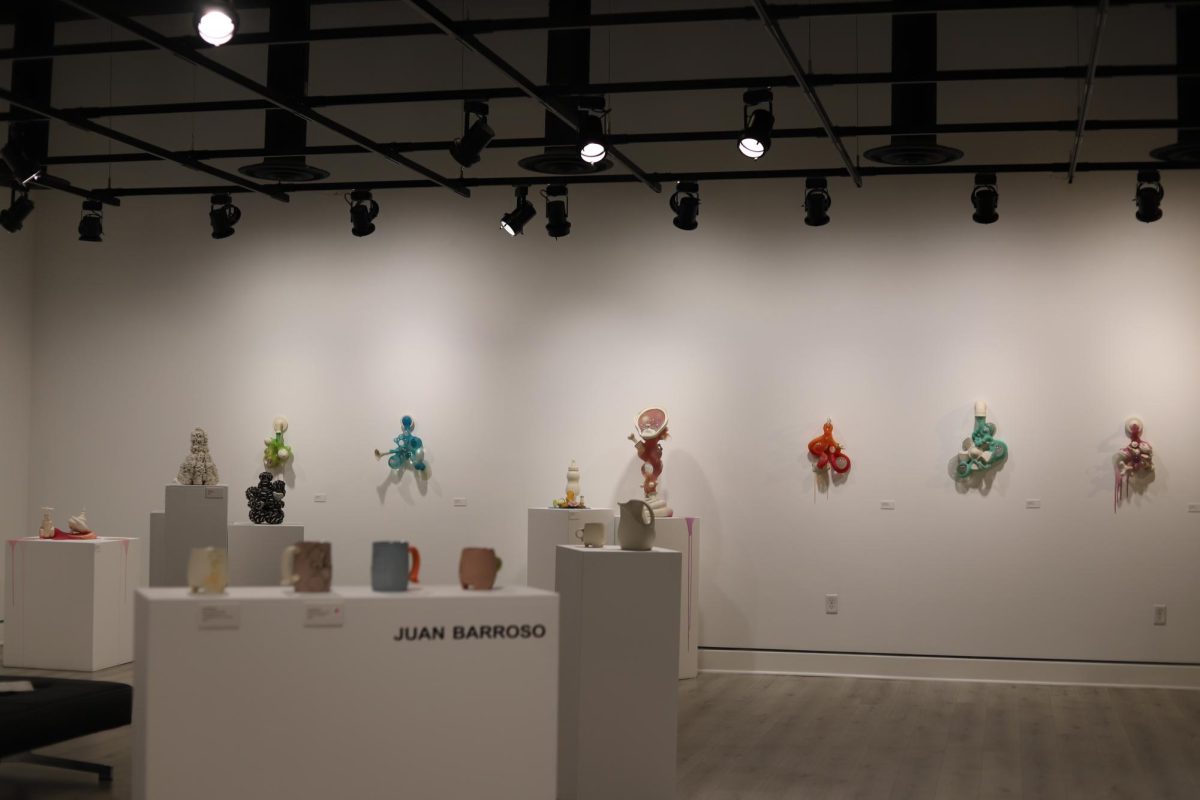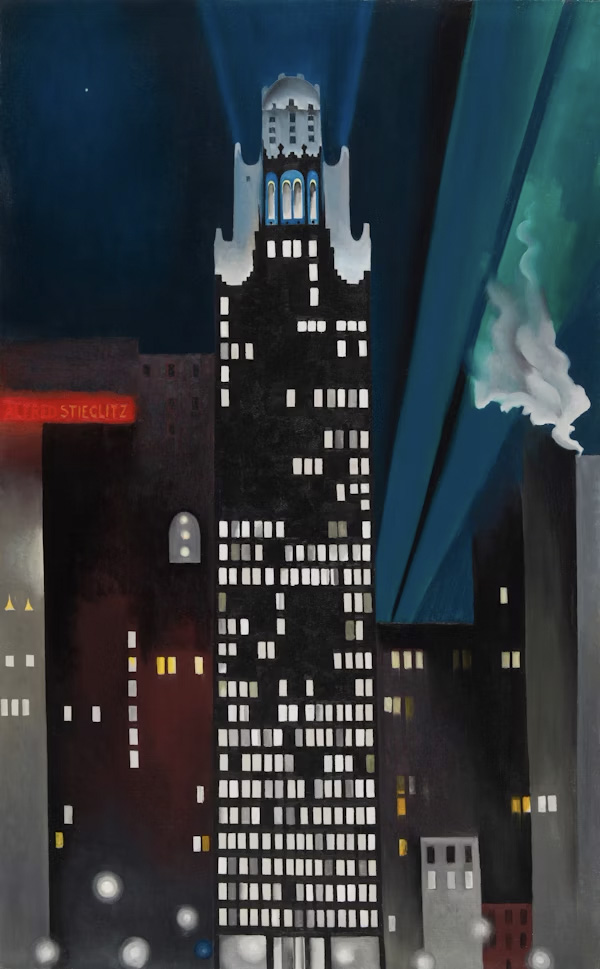By Josa Lamont | Features Editor
Simmering in the racial tension of the early 20th century was a mix of contempt, rebelliousness and cultural flavor that would later boil over into swing dance.
As Africans shipped into the American east coast during the slave trade they brought with them the African cultures that first conflicted and later melted into an African-American culture.
From this spirited transition seeded a number of artistic expressions, including the birth of swing.
The first traits of early swing began to root on plantations and in Black communities when the African’s expressive and sexualized full body movement and drum styles met the formal European styles of erect stiff and structured dance like the waltz. Blacks mocked their White bosses in dance competitions with moves like “The Cakewalk” and “The Jaybird,” that exaggerated the white style of walking and movement in a jovial yet condescending way. These mockeries gave Blacks a sense of pride and power in a culture full of oppression and were thought to have been the pathway to the moves in the famous Charleston.
The first steps
In Charleston, S. Carolina the charleston took root among Blacks as a combination of cultural assimilation and traditionalism in 1903. It spread and developed and was eventually made popular by the Broadway musical “Runnin’ Wild” and the accompanying “Charleston” composition by James P. Johnson in 1923.
From Broadway, Whites adopted it as their own form of rebellion and performed the risqué dance in speakeasies as a rejection of prohibition, “drys”and social prudishness.
In the grips of prohibition and the rallied support among church groups, mothers and women, and other drys who supported the bans on alcohol, the Charleston represented freedom.
Meanwhile, as Jazz took hold in Harlem so did equally expressive and rhythmic styles of dance,including the Breakaway. With the Breakaway, traditionally embraced couples would break away from each other mid-dance to perform a kind of dance solo.
The combination of the Breakaway and the Charleston, as well as the Texas Tommy and the Hop gave way to the Lindy Hop, as the first manifestations of Swing.
The Lindy Hop
In 1927, Charles Lindbergh flew nonstop from America to Europe in a hop over the Atlantic and the Lindy Hop stemmed in his wake.
“The Lindy Hop is considered a cultural phenomenon that broke through the race barrier when segregation was still the norm,” according to lindycircle.com. “Modern dancers, interested in cultural history are piecing together the roots of Lindy through the tales and film footage of the original dancers… Although the lineage and history of Lindy may be muddled, it is certain that it was born from the blending of African rhythms and movements with European structured dance.”
One of the myths surrounding the Lindy Hop’s fruition is that George “Shorty” Snowden won a dance competition at the Savoy on June 7, 1928. When asked what he was doing with his feet Snowden replied “The Lindy.”
As the Savoy Ballroom popularised the Lindy Hop locally in Harlem, energy and enthusiasm built up for the dance across state borders and class walls. The Lindy Hop climbed into debutante parties and spread among underground dens simultaneously. Whites during this time also embraced the more toned down styles in the form of the Balboa and Foxtrot.
Hubert White, a bouncer at the Savoy, banded some of the greatest hoppers together forming Whitey’s Lindy Hoppers. Their popularity skyrocketed similarly to the Beatles, but despite global demand including cinema appearances and performances for the Queen of England, Whitey’s Lindy Hoppers always made time to perform at the Savoy.
Other Savoy performers and jazz artists lent to swing during the early years such as the greats Cab Callaway, Louis Armstrong, and Duke Ellington. Out of Jazz and the Lindy Hop came Swing music and Swing dancing.
Swing
What Snowden had been to the Lindy Hop, Benny Goodman was to big band Swing.
From those musical influences swing dance spawned styles like the jitterbug, West and east Coast Swing, Jive, Rock and Roll, and others. lt dynamically morphed into several styles through the’3Os and ’40s as its popularity peaked.
On Aug. 21, 1935 in the Palomar Casino, Goodman gave a stirring performance to an enthusiastic audience that would symbolize the success of swing.
Goodman had been climbing up the ranks as an artist in New York where he had a radio show that aired during the graveyard shift.
At his performance in Palomar Casino that August, before the intermission Goodman could sense his conservatism was losing his young audience. After intermission, Goodman decided to let his band loose. If they were going to go down they were going to do it playing what they could.
The response was inspiring.
The band’s liberation and raw creativity was matched by the audience’s connection to it, making it an enlivened, electric performance set in history.
After that night Goodman changed the success of his tour and by 1940 Big Band Sound was the audio background of the culture.
But with changing styles in Jazz and new generations of youth, beebop ushered a new style of dance that would take over the ’40s. Young Swingers of the ’20s and 30s became old homemakers of the 40s and ’50s and politely stepped aside to allow the new sounds of the youth.
Today
Today studios everywhere revisit Swing with modern tweaks and new flares in bursts of popularity. In Riverside people can take lessons at a number of studios or clubs such as The Junction, Room to Dance, and Arthur Murray Dance Studios.
“There’s a place in Pasadena called Lindy Groove that’s in an old masonic temple, and Bill Nye the Science Guy dances there,” said Peter Bateman, a student in Lupita Limon’s intro to dance class at Riverside City College.
Limon teaches swing and other dance styles at Room to Dance, and World to Dance in downtown.
“There are no other words to describe it, this was just a wonderful and welcoming place to develop your dancing skills,” said Steven Romero, a student of UC Riverside and Room to Dance.
Limon is also the owner and operator of Limonada’s Dance Company in Riverside. She has choreographed for “Dancing With the Stars,” performs locally at “The Black Box,” and boasts to teaching dance for more than half of her life.
Just up the Main St. pedestrian walk from where Limon teaches at Room to Dance is a small bar with the underground feel of an edgy speakeasy.
Performers like Douglas “The Crooner” Roegiers come to Riverside to perform right in ProAbition. In 2013 Roegiers won $50,000 on NBC’s “The Winner is,” and now plays “The Great American Songbook,” solo or with his band, the Phat Cat Swingers.
The Phat Cat swingers have also filled the house at Maxwell Demille’s Cicada Club in Los Angeles.
With a longer drive students can go to clubs such as the highly recommended Lindy Groove in Pasadena or Dance at Joe’s in North Hollywood. Many clubs offer a small dance lesson followed by a night of freestyle social, where dancers of a broad range of talents show off their moves, learn some new ones or just have a great time and get an invigorating workout.
There’s an array of clubs, local and far, that hold the interest of a niche crowd. Many students find their way to studios and into a clique of social dancers as they hop their way through downtown. From performances in The Black Box to friday night clubs, the deep roots of swing are alive today and spreading into the underlying culture of the City of Arts and Innovation.

